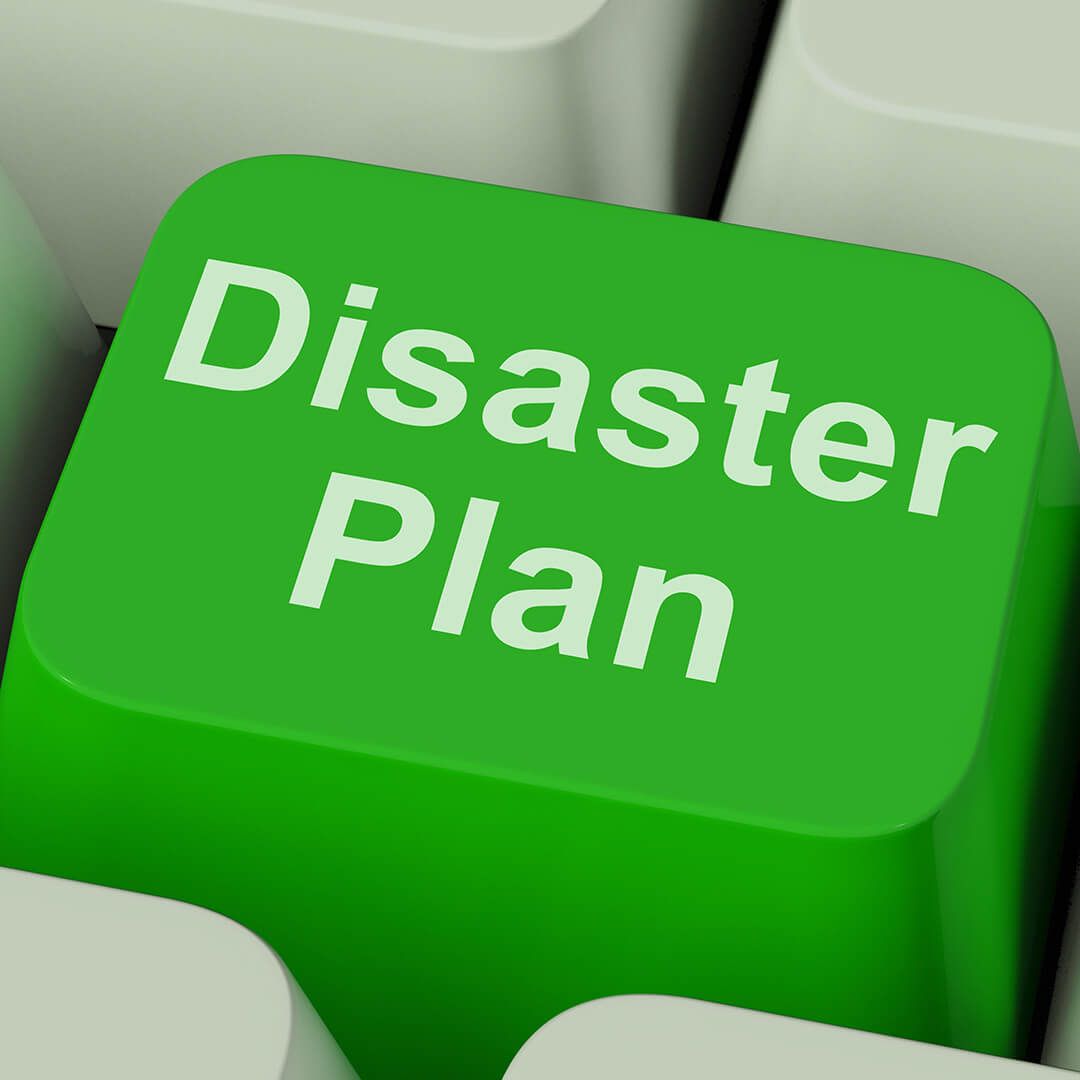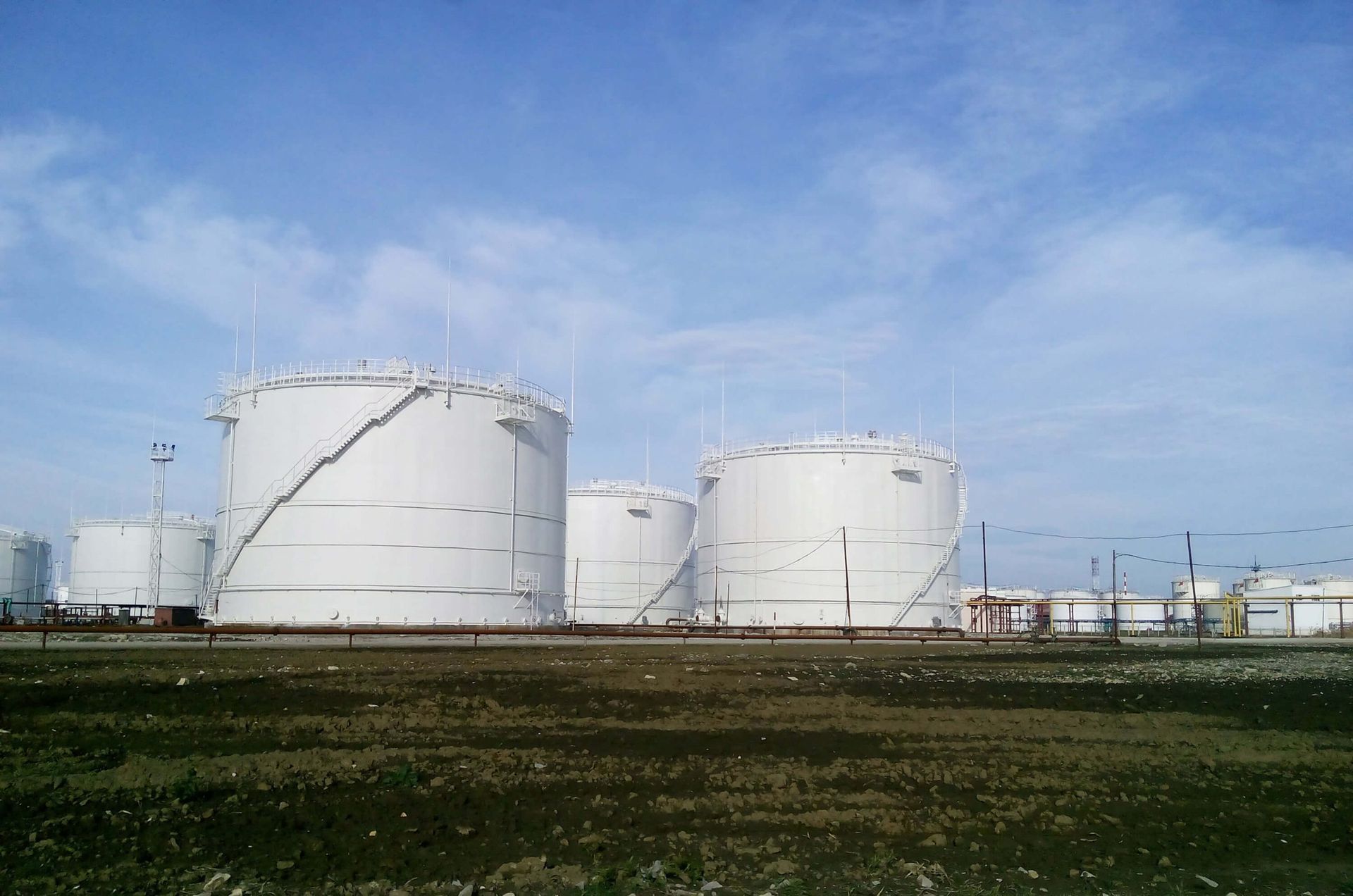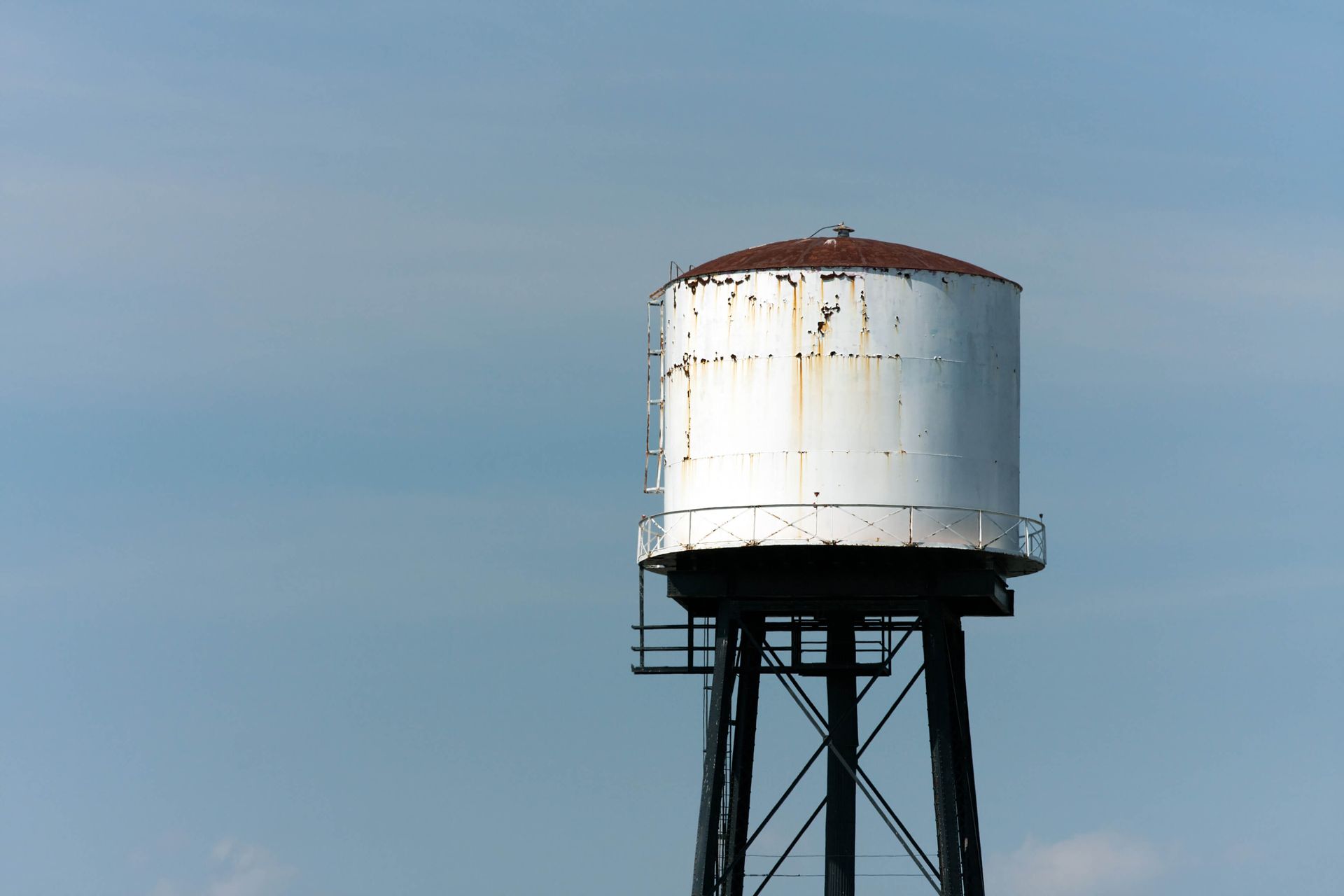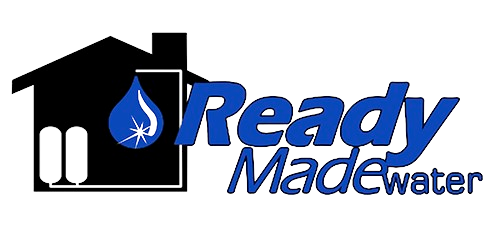Does Your Hospital have Commercial Water Storage?
Info about commercial water storage. At present, there are people who still consider emergency water storage an afterthought. In today’s generation of “build it and plug it”, people aren’t realizing that in the event of a natural disaster, everything including power, gas, and water will come to a standstill. Just imagine how will we function then?
After the deadly hurricanes that shook the United States in the year 2004 and most recently in 2019, many commercial organizations, high rise buildings, schools, and, of course, hospitals have realized the importance of standby emergency water storage.
Every day hospitals in the United States use an average of 540 gallons of water per staffed bed. Considering that an average American citizen uses around 150 gallons of water per day, the average Briton uses 44 gallons, and the average African uses only 5 gallons, you can understand just how huge the water demand of our hospitals are.
With the ongoing stress put on municipal water supply and treatment systems, the increased occurrences of droughts and water shortages have also created a need for improvement when it comes to water storage.
Hospitals must prepare to function after natural calamities or emergencies. They can do so by using their on-site commercial water storage systems and/or the local emergency water supplies.
Implementing a Commercial Water Storage for Your Hospital
The implementation of a commercial water storage system is quite elaborate that requires careful consideration. There are four main steps that hospitals should follow to ensure the installation of efficient commercial water storage. These are as follows –
Step One: Figuring Out How Much Water Your Hospital Will Need
Every hospital should create an emergency water supply plan (EWSP). This can also be done via a water use audit
Here is a list of pointers that can help to determine the total water usage:
- The purposes for which the hospital requires water. These purposes should also be further identified as critical and non-critical.
- The total amount of water that would be required for hospital functioning.
- The type of water that’ll be needed for hospital use. In other words, how much sterile water, potable water, and non-potable water the hospital would need.
- Every hospital should judiciously use water during a water shortage and should take active steps to control it. Keeping this in mind, you’ll need to find out how does the hospital control water and its uses during a crisis.
- The entire plumbing system should be taken into consideration as to where does the water come from and where does the water (including wastewater) go.
- The amount of water required in the case of emergency power cuts.
Step Two: Identifying Your Hospital’s Emergency Water Sources
As mentioned above, it is not necessary for every water source to be located within the premises of the hospital. Groundwater wells, for example, can be used as an emergency water source as well.
You need to work with your local emergency planners as well as water district officials to identify local and on-site sources of water.
So, you need to determine the quality and purity standards for these water sources. This is because the groundwater must be tested to ensure that it meets the standards set by the Safe Drinking Water Act. Again, keep the hospital’s water needs in mind and estimate how long the supplies would last.
Treatment of Alternative Water Sources
Stored water is always susceptible to contamination. Whether you opt for local options or install water storage tanks, you need to be careful to ensure the safety of the water. Storing water for a long period of time is also not recommended as it may stagnate as a result of being deprived of any exposure to oxygen.
This creates a need for continuous treatment of water within the storage tanks or water bags. This water should be rotated continuously and treated to a stable residual chlorine level.
Step Three: Determining the Resilience of the Local Water Supply
Hospitals should work with local water districts to make the system part that serves the hospital to be a top priority for mitigation if needed.
The next thing that you need to figure out is whether your hospital is ready to receive emergency water. You should have adequate tanker trucks available to carry potable water and other necessary equipment such as generators, hoses, pumps, fuel and so on. As for wastewater, hospitals can discuss options with the local wastewater utility to learn about the different ways to collect and dispose of wastewater.
Step 4: Developing and Exercising Your EWSP
After a water use audit, it is better to develop a written EWSP for the hospital facility. The hospital should make adjustments as needed and revise the document to include any modifications.
To conclude, it is important to create an EWSP draft with the required supporting background documents followed by understanding the total amount of water needed through a water use audit. Officials should analyze the emergency water supply alternatives available to them and then finally test and exercise the developed EWSP.
Benefits of Commercial Water Storage
Industrial, manufacturing and hospitality industries require water storage tanks otherwise, it’ll cease to function at all. This is because water constitutes a very important part of their daily functioning.
This need becomes even greater in the case of hospitals. When we talk about hospitals, we are talking about hundreds of lives. We’re already aware of how failed contingency planning can lead to loss of life, especially during emergencies. Considering that water is important for a variety of hospital functions, always having a ready water supply is mandatory.
With the help of commercial water storage, hospitals will always have an emergency water supply available. This will, in turn, save lives.
Of course, the biggest advantage is being able to save lives. Yet, there are also other benefits that the hospital owners can take advantage of. These are as follows –
1. It ensures an uninterrupted supply of water at all times. This includes power failure, emergency situations, and natural calamities.
2. The option of storing huge volumes of water in one place is available. There are many commercial storage tanks available in the market that come in different volumes as well.
3. There’s an ease of installation and flexibility of expansion to the organizations. If any commercial business needs to increase its water storage capacity, they can do so without much hassle.
4. Commercial water storage tanks are installed above the ground. Not just underground. Hospitals can choose an option that they find is most suitable for their needs and preferences.
Hospitals and other healthcare facilities are critical to the welfare and health of the public. They play a very important role in our everyday life which only becomes greater during and after natural disasters or an emergency situation. It is due to this very reason that hospitals need to have a robust plan to continue uninterrupted operations in the event of a water supply shortage or interruption. Developing an emergency water supply planning (EWSP) will provide a framework laying out the best strategy to handle every water supply issue that may arise. Hence, you need to choose a company that understands the need for making available clean water that can be stored and rotated.
The Final Verdict
Hospitals should always have a commercial water storage facility as a backup for emergencies. With thousands of lives dependant on them, they cannot take any risks. The owners need to understand that every building is unique in terms of its height, plumbing system, and water requirements. As a result, a solution needs to be carefully designed keeping in mind the needs of that particular building.
The only patented inline water storage system, ReadyMadeWater provides solutions to Americans for all their water problems. Their water storage system is a patented technology that is connectable to both, your home as well as commercial water lines. Their mission statement is “Sustaining Life With You In Mind” which is a perfect example of how their business revolves around the well-being of their customers to make their lives easier and help them prepare for a time of need.They are already in the final stages of testing their commercial water storage tanks that will allow commercial industries to have access to more water at higher volumes. They take pride in offering water solutions that are durable and effective, all at an affordable price. Starting from 245-gallon capacity, it’ll definitely make commercialized water safe and available when needed.











